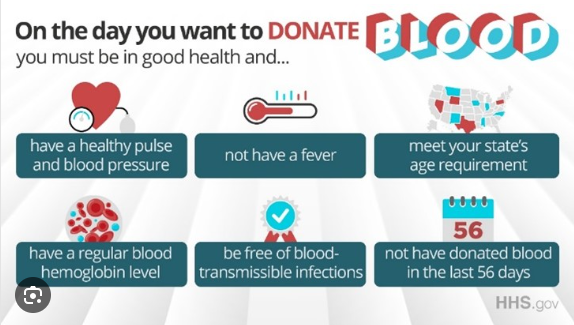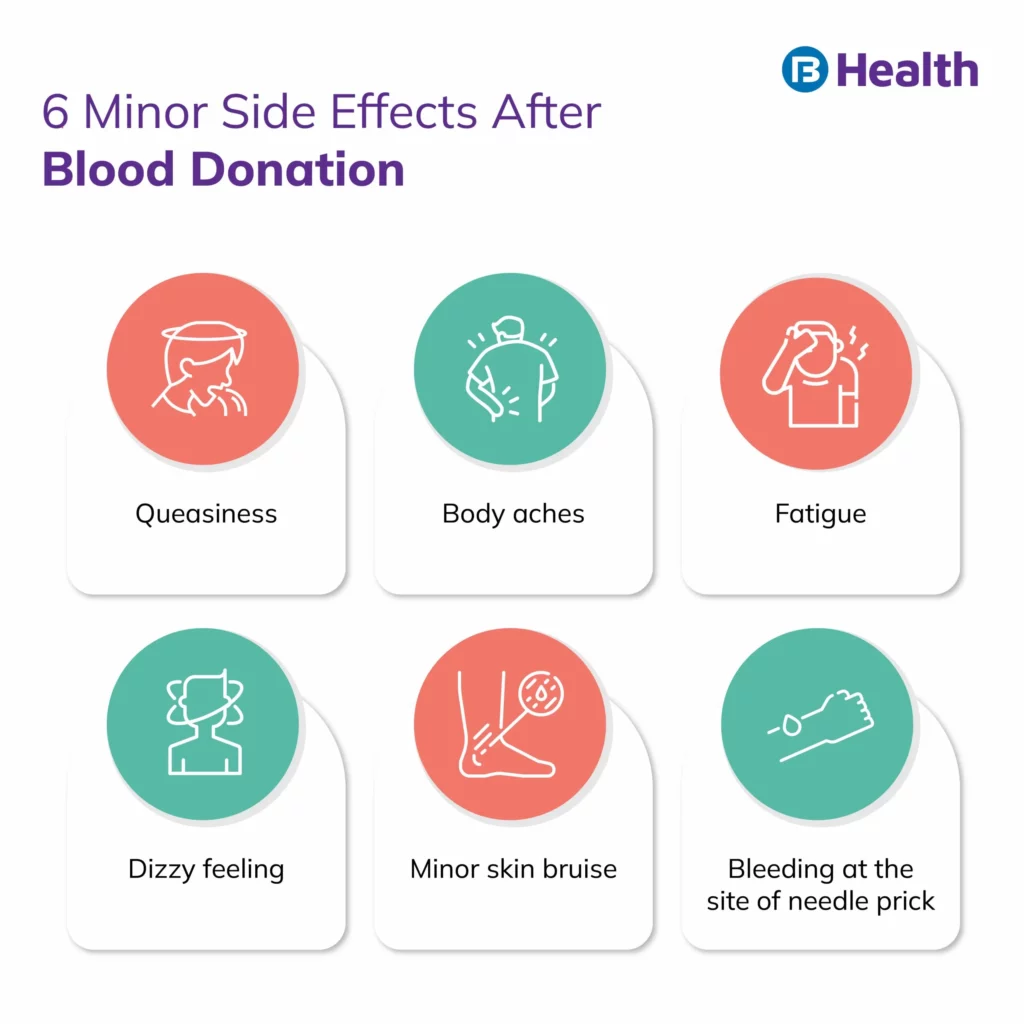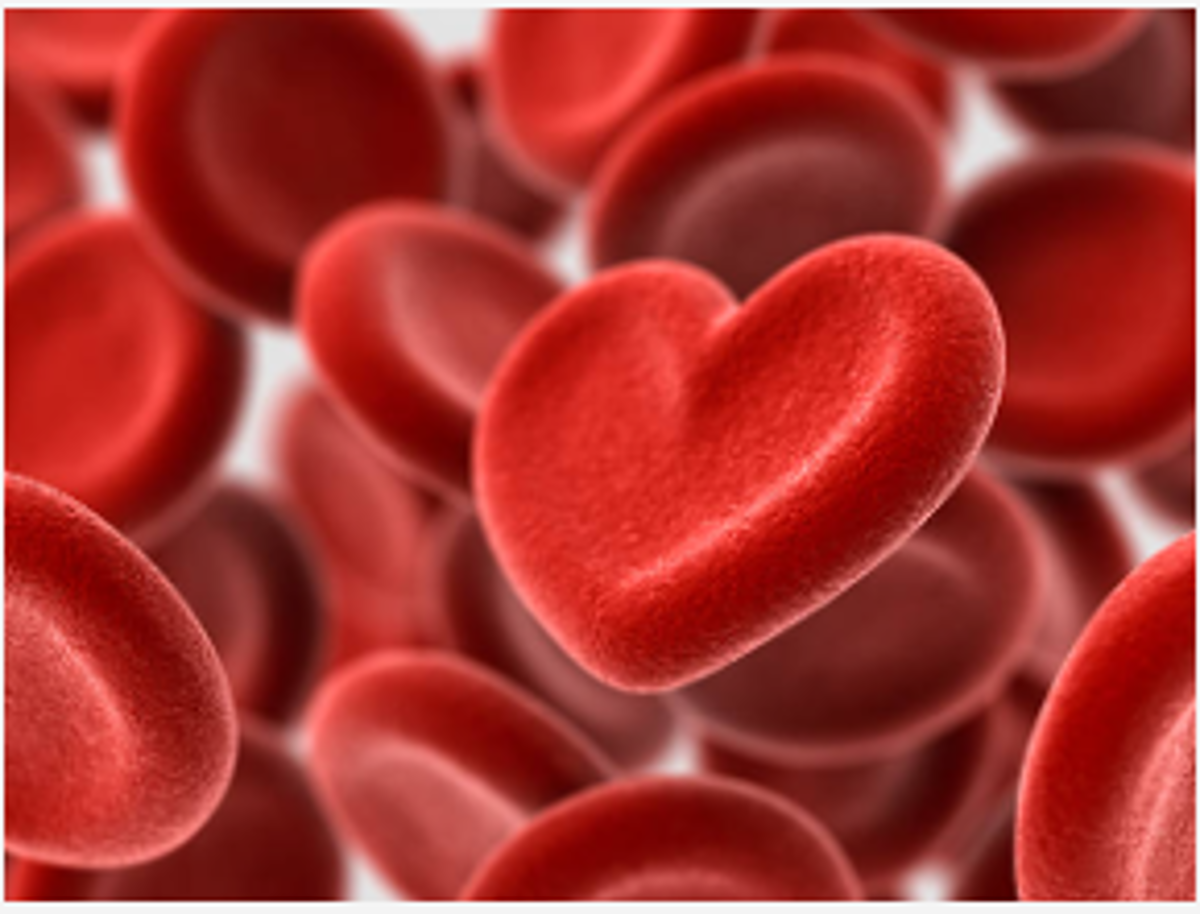It all started with the strange bruises 2-year-old Lindsey Crowder had after her family came back from a lakeside outing. They weren’t like any bruises that Lisa Crowder, Lindsey’s mother, had seen before. Concerned, her mother took her to the doctor and later received what was easily the worst phone call of her life.
Lindsey had been diagnosed with acute lymphoblastic leukemia — a form of cancer that starts in the bone marrow and blood.
And thus Lindsey embarked on her journey through 2 1/2 years of chemotherapy, only to have a relapse at 6 years old. From there, she received “relaxed treatment”, and spent over 130 nights in the hospital in a year. During this time, Lindsey endured over 100 blood transfusions. Gradually, her condition improved and she has been chemo-free for over 5 years.

The Benefits of Donating Blood
Donating blood doesn’t only help the person on the receiving end — it can also provide many benefits to the person donating blood. For starters, you essentially get a health screening for free, since the donor must be checked to ensure they’re an optimal, healthy candidate to donate. During the process, you may also discover your blood type which comes in handy if you need a blood transfusion in the future (during surgery, for example).
Additionally, research shows that specific blood types are ideal for treating specific types of patients as well — whether it be those with cancer, trauma patients, sickle cell patients, burn patients, or those with chronic diseases — which can be useful to help out someone you know if you’re a match. Additionally, your heart and vascular system will thank you — regular blood donations lower blood pressure and reduce the risk of heart attacks. People who donate experience an improvement in their quality of life, as not only is their lifespan increased and they have fewer health complications, but it just feels good to know that you’ve helped someone somewhere.

How Do I Donate?
In order to donate, you must meet the eligibility requirements beforehand. Some requirements may vary from state to state, so check your state guidelines to see the specifics for blood donation. However, generally, you should:
- Be healthy overall
- Meet the minimum age requirement (usually 16 to 17 years old) with parental permission
- Meet the minimum weight requirement (110 lbs/50 kg)
- Pass the physical assessments — be able to provide your health history
After finding out if you’re eligible or not, you should take the proper measures to make sure that the donation goes smoothly the next day. This includes:
- Getting enough sleep the night before
- Eat a healthy meal — NO fatty food
- Drink plenty of water
- Check your medications (it could prevent you from donating)
- Choose a shirt that can be rolled up at the sleeves
Donations typically only take 10 minutes to complete and can save up to 3 lives per donation, so it’s worth it!
Where Can I Find Opportunities to Donate?
You can go online to redcrossblood.org to schedule an appointment or seek out any local places doing a blood drive. RHS is hosting a blood drive in March of this year, so that may be a good place to check out if you’re interested!
If you’re hesitant to donate, don’t worry! While it’s true that people experience some side effects after donating, they’re usually pretty mild — it’s extremely rare to experience any adverse reactions. Some of the side effects you may encounter are listed below:

Every 2 seconds, someone needs blood in the U.S. So why not kick off the new year by attending a blood drive today?
